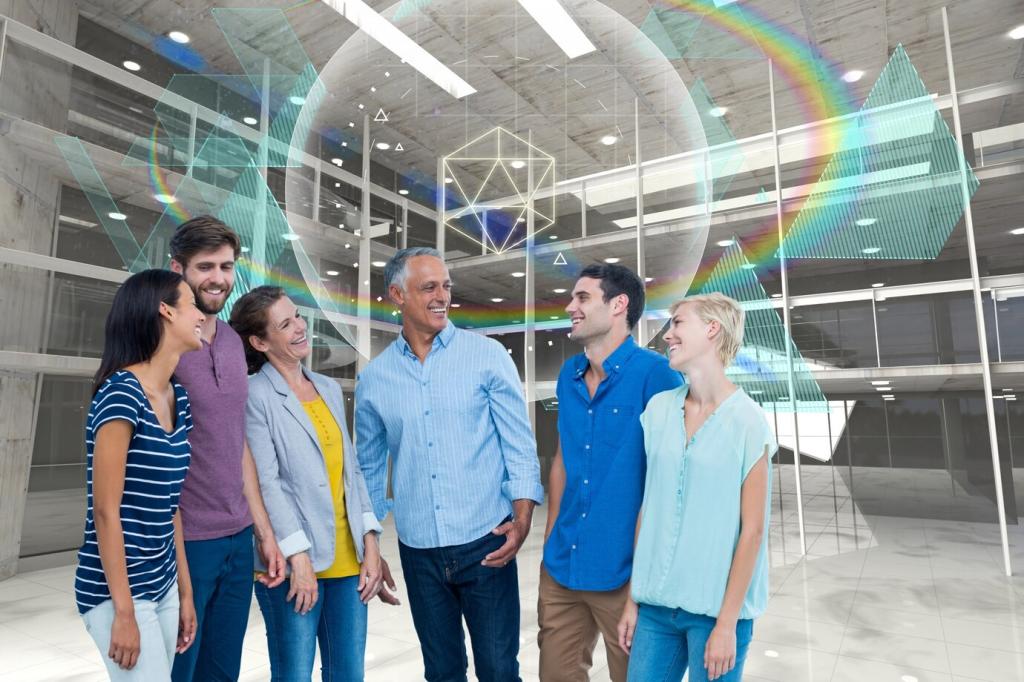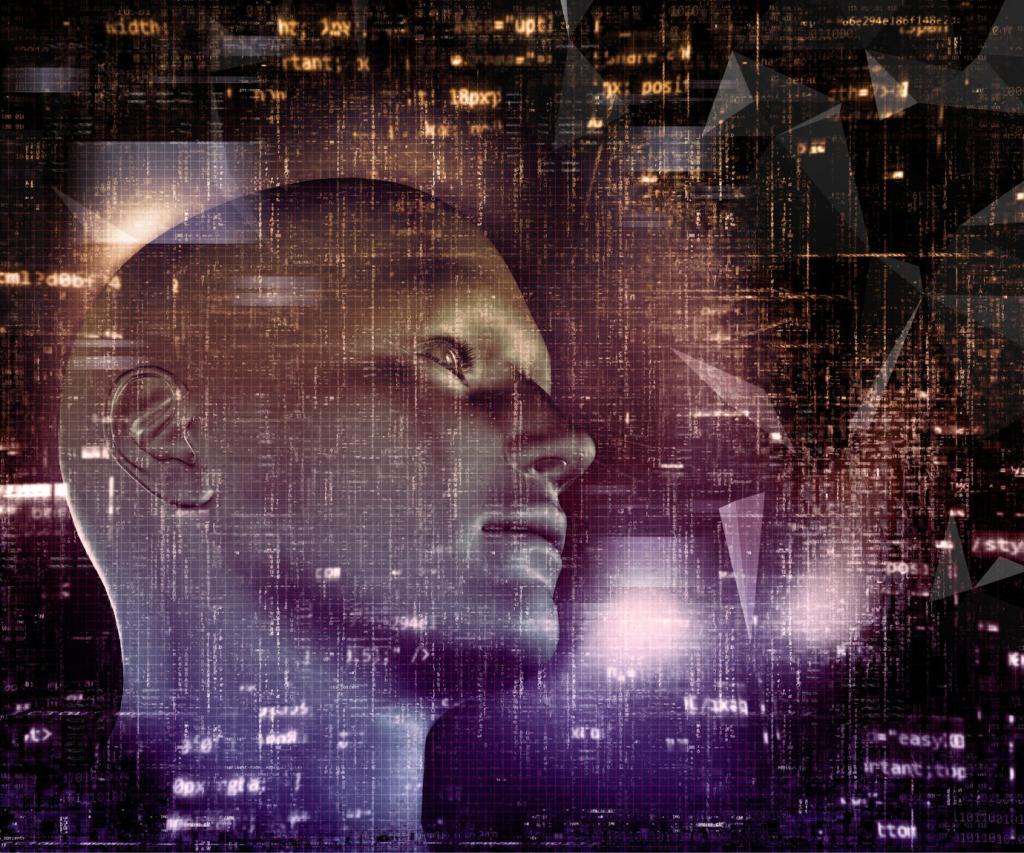Virtual Reality Fashion Shows

Origins and Traditional Formats
Historically, fashion shows began as exclusive gatherings in Parisian salons, where only a select few witnessed the unveiling of new pieces. Over time, they morphed into catwalk spectacles in major fashion capitals, drawing celebrities, editors, and influencers. These traditional shows were limited by geography and capacity, creating an atmosphere of exclusivity but also inaccessibility for a broader audience.

Digital Transformation and Livestreams
The first major shift occurred with the rise of digital technology, particularly social media and live streaming platforms. Suddenly, anyone with an internet connection could watch runway events in real time. This shift democratized access and enabled global fans to participate virtually, but the experience remained largely observational, lacking true immersion or interactivity. The groundwork was set for a deeper integration of technology.

Introduction of VR in Fashion Events
Virtual Reality took the concept of virtual attendance a leap further. It allowed audiences not only to view but to be virtually present, offering an unparalleled sense of proximity to the runway, models, and even backstage areas. This technology brings the front row into everyone’s living room while enhancing the creative possibilities for designers to tell their story in captivating ways.
Removing Physical and Geographic Barriers
VR makes fashion shows accessible to anyone around the world, eliminating the limitations posed by venue size, city location, or travel restrictions. Attendees can join from the comfort of their homes and experience the event as if they were physically present, which is especially valuable for those unable to attend high-profile shows in fashion capitals such as Paris, Milan, or New York.
Enhancing Creative Expression
Designers are no longer bound by the laws of physics or budgets for physical sets. Virtual runways can be set on floating clouds, underwater scenes, or fantastical landscapes, limited only by imagination. This freedom enables brands to tell their stories in ways never before possible, integrating animation, special effects, and interactive narratives that enrich the audience’s connection to the collection.
Boosting Audience Engagement and Data Collection
VR experiences can be interactive, allowing attendees to choose camera angles, interact with virtual garments, or explore backstage environments. This high level of engagement not only makes the event more memorable but also provides brands with deeper insights into viewer preferences and behaviors. Real-time feedback and data help designers refine their offerings and marketing strategies.

Accessibility and Technology Barriers
Not all potential viewers have access to VR headsets or high-speed internet connections required for smooth VR experiences. This limitation can restrict the reach of VR shows, particularly among audiences in regions with less technological infrastructure. Ensuring compatibility with a range of devices and offering alternate viewing options remain important considerations for organizers.
Production Complexity and Costs
Creating a high-quality VR fashion show involves significant investment in technology, design, and specialized talent. From crafting detailed digital environments to programming interactive elements, the process is more complex than traditional show production. These additional demands can increase costs and timelines, making it necessary for brands to weigh the benefits against the resources required.
Balancing Innovation with Tradition
As VR shows push the envelope of what’s possible, there’s a risk of alienating dedicated fans of traditional fashion presentations. Designers and brands must find a balance between embracing innovation and maintaining the artistry, intimacy, and tactile connection associated with physical events. Hybrid approaches that combine digital and in-person elements may help bridge this gap.
